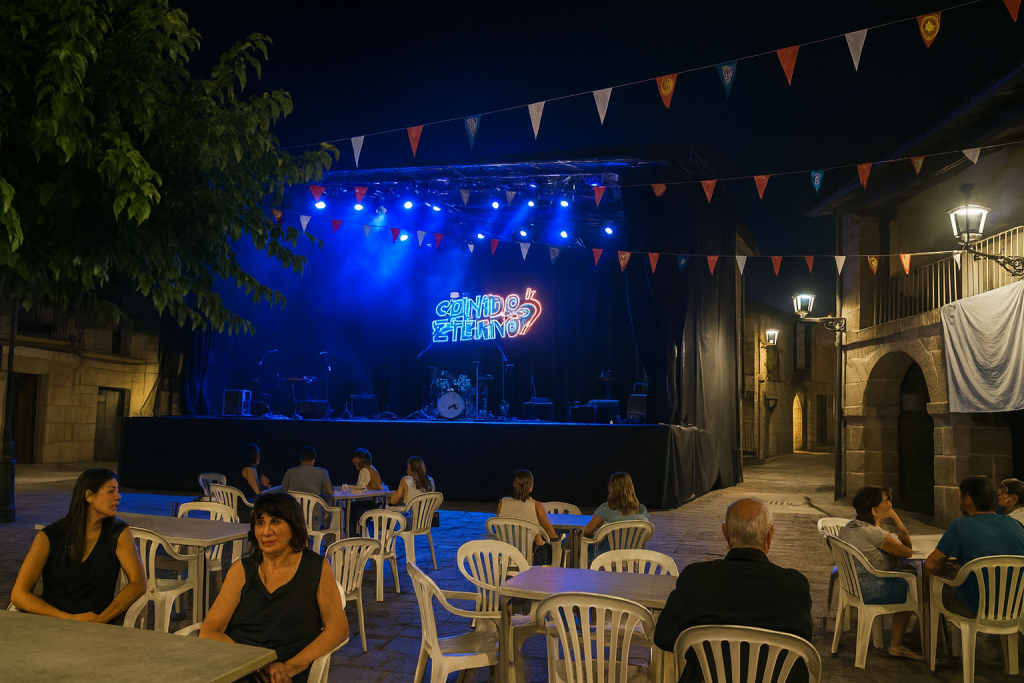
When you think of a small pueblo that dates back to 1641 – or at least that’s when Philip IV granted this one independence – you don’t exactly think of a huge, elevated stage with a myriad of multicolored spotlights and an arena-quality sound system.
I didn’t. At least until last weekend.
The weekend of September 5-7 was the annual Fiesta Patronales en honor a la Virgen de la Oliva (Patron Saint Festival in honor of the Virgin of the Olive) in La Iglesuela del Tiétar, which is about 115 km (an hour and a half) outside of Madrid.
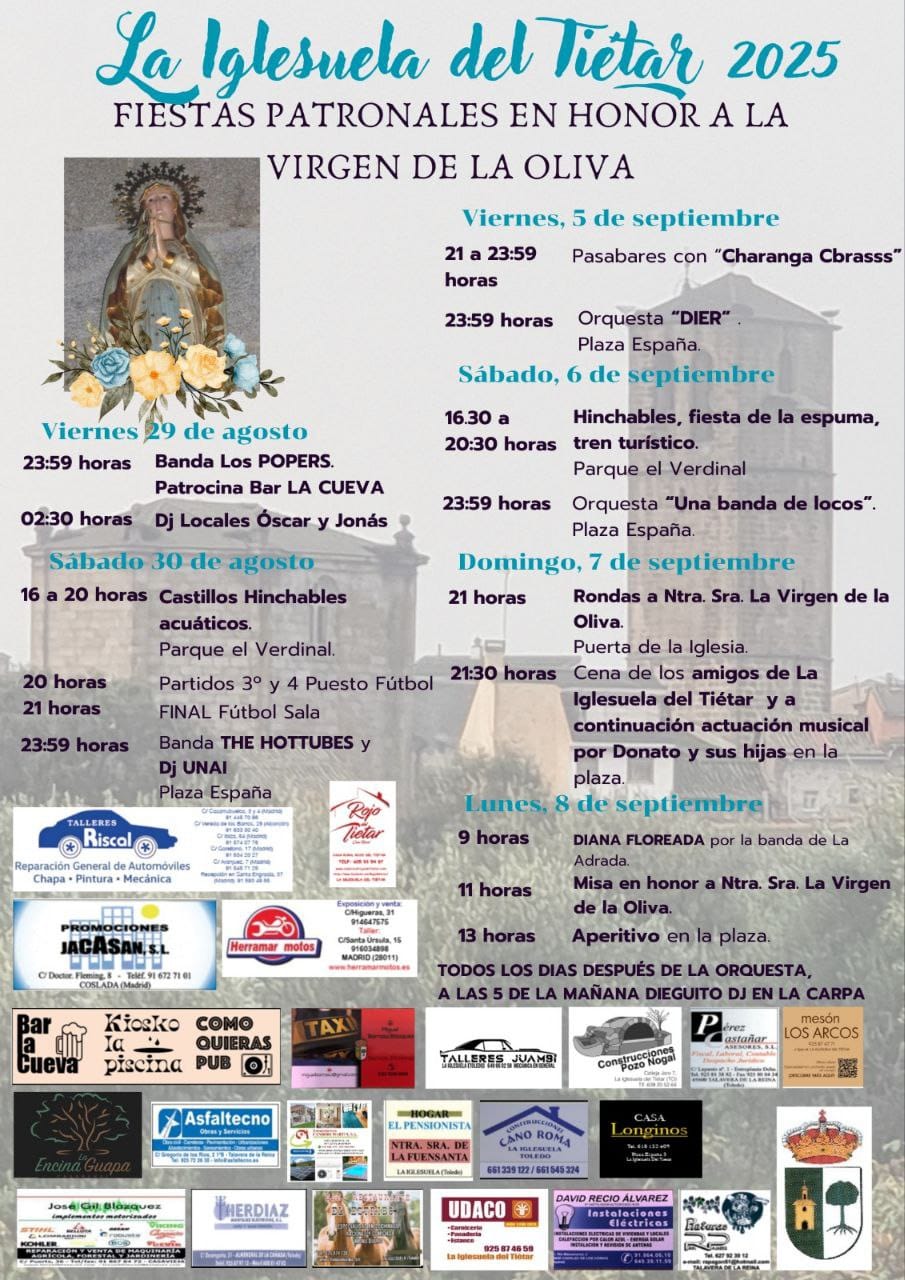
But my friend Laura invited me for the weekend to enjoy one of Spain’s unique experiences: a local festival. By the way, this Spanish immersion trip is actually something that Laura’s company Vetonia offers to anyone.
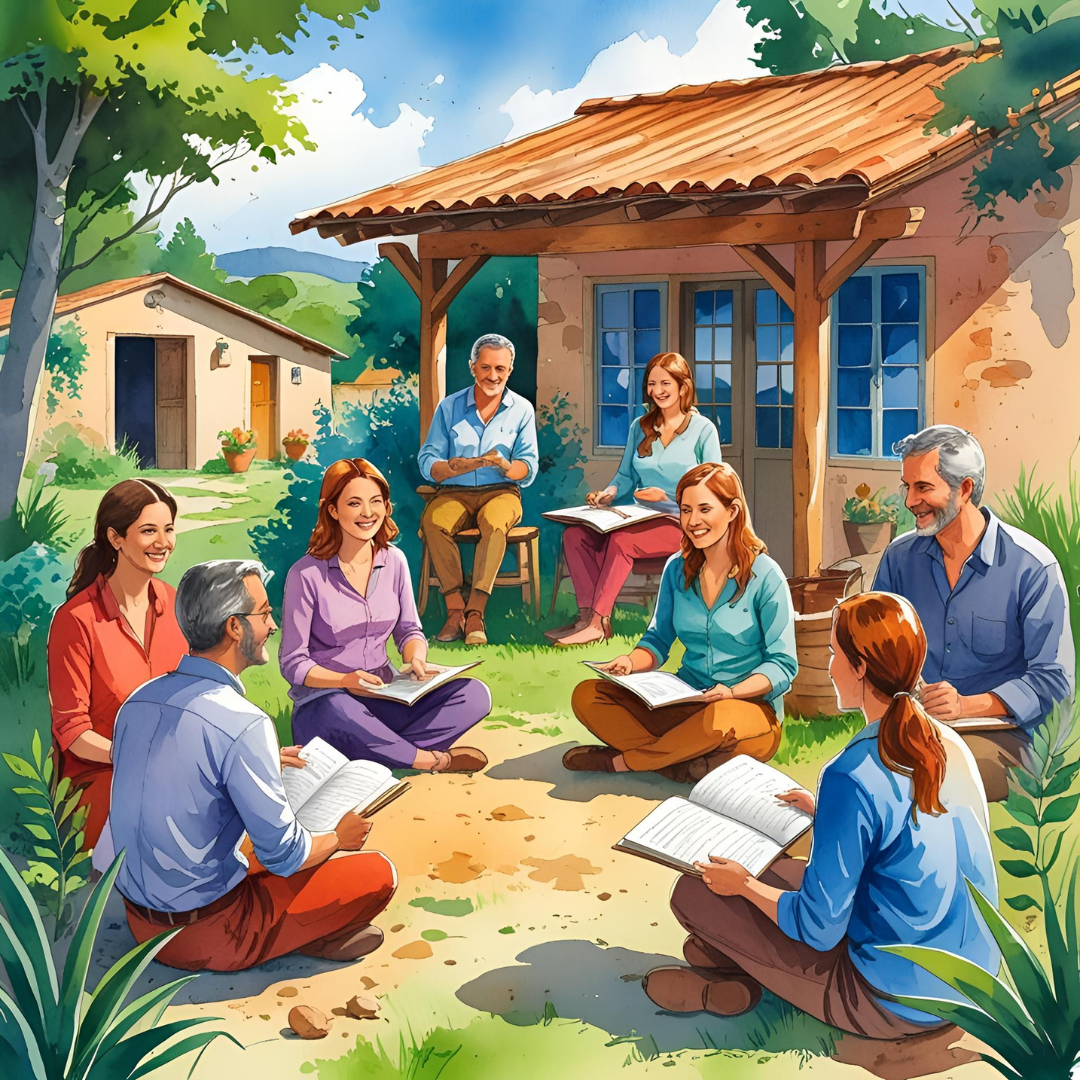
So in Spain, almost every city and town, no matter how small, has at least one annual local festival (and often more because, you know, why not?). These celebrations are usually connected to:
- The town’s patron saint → celebrated with fiestas patronales that nearly always include a procession, religious ceremonies, music, food, and cultural events
- Agricultural or seasonal traditions → harvest festivals, wine festivals, livestock fairs, etc.
- Historical or cultural events → battles, medieval markets, Moorish-Christian reenactments (moros y cristianos), etc.
La Iglesuela is a small town in the province of Toledo, which is in the autonomous community of Castile-La Mancha, which is in the country of Spain, which is on the continent of Europe…. The population is a robust 451 inhabitants and I’m pretty sure that extra “1” was me being counted accidentally.
FRIDAY
By the time I arrived in town, via the bus that I boarded at Estación de Autobuses Sur (South Bus Station, one of Madrid’s main bus terminals), it was about 8 p.m. Laura picked me up – or tried to, anyway. I didn’t recognize the stop, so I didn’t get off, mistakenly believing there was one more bus stop in this town. Laura called me saying she’d watched passengers disembark, but I wasn’t one of them. Crap!
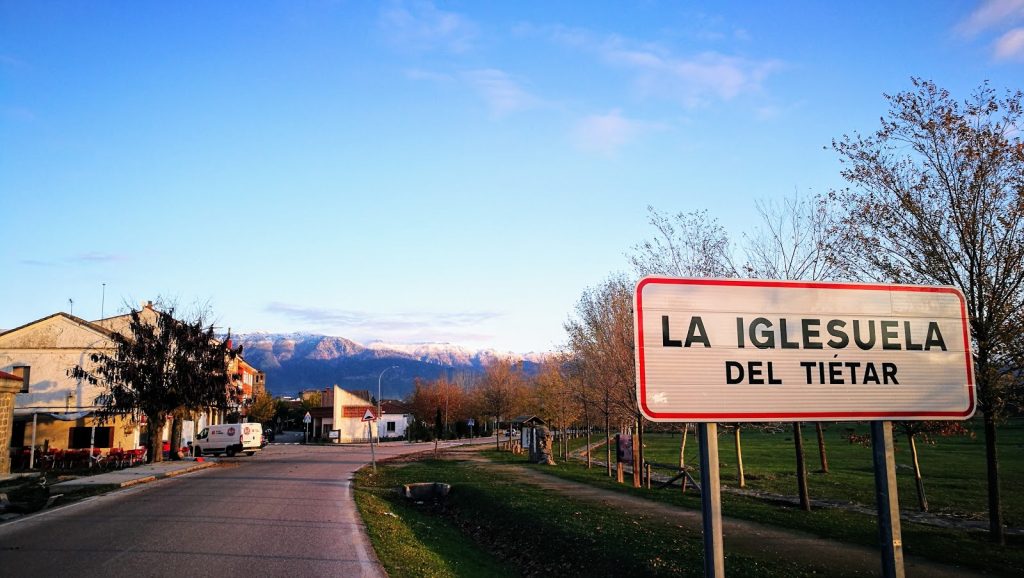
I hurried up to the front of the bus and asked the driver (in my imperfect Spanish) if there was another stop in this town, and he said, “Nope, not until Piedralaves” which was about 8 km (5 miles) away. He was at an intersection, about to make a left onto a busy(ish) street and I asked if he could please please please let me off here.
He said he couldn’t (you know, rules about passenger safety and whatnot). But I guess I looked so forlorn that he glanced at the traffic light, brusquely asked if I had an luggage in the storage beneath the bus (“No!”), and then opened the door while yelling after me to be careful crossing the street! “Graciaaaaaas!” I called back as I jumped off the bus and dashed through the intersection to the sidewalk.
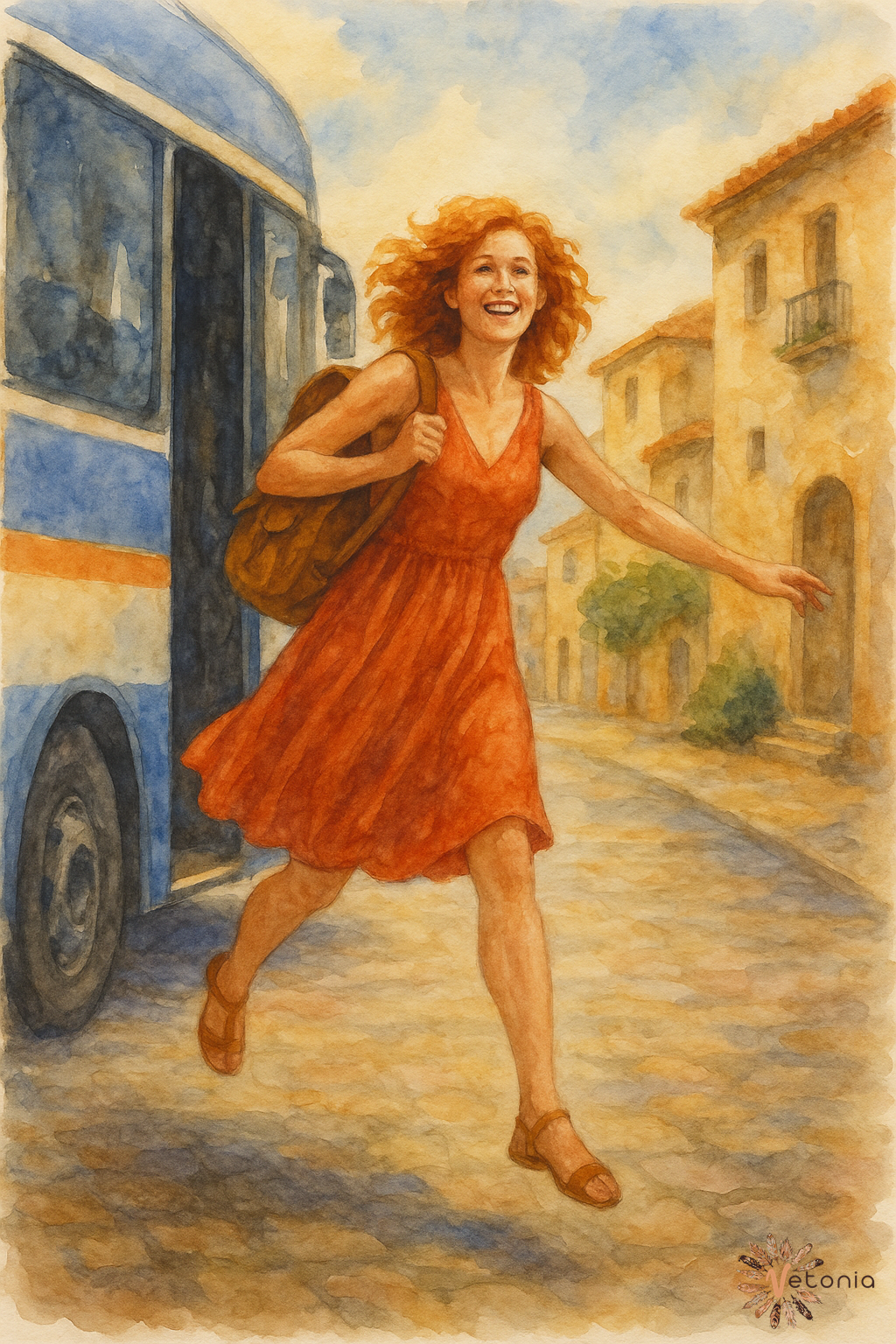
Once I’d walked back to the last stop and found Laura, we hugged and then off to her place went. After a light dinner at home while chatting and catching up, we walked over to the town’s little plaza for that evenings festivities. If you were expecting the plaza to look like this with maybe a handful of older folks slowly doing the pasodoble (a traditional Spanish dance in which the couple use a ballroom hold) while a trio of musicians played traditional music, you’d be wrong. I wouldn’t blame you, but you’d be wrong.
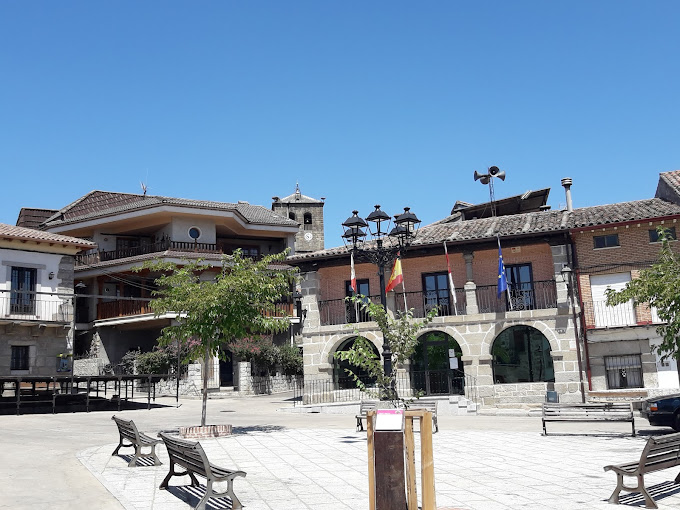
Instead, there was a huge, elevated stage with a myriad of multicolored spotlights and an arena-quality sound system off to one side and the plaza was filled with people, old and young. The picture above is what the plaza normally looks like. This picture below is what it looked like for the festival.
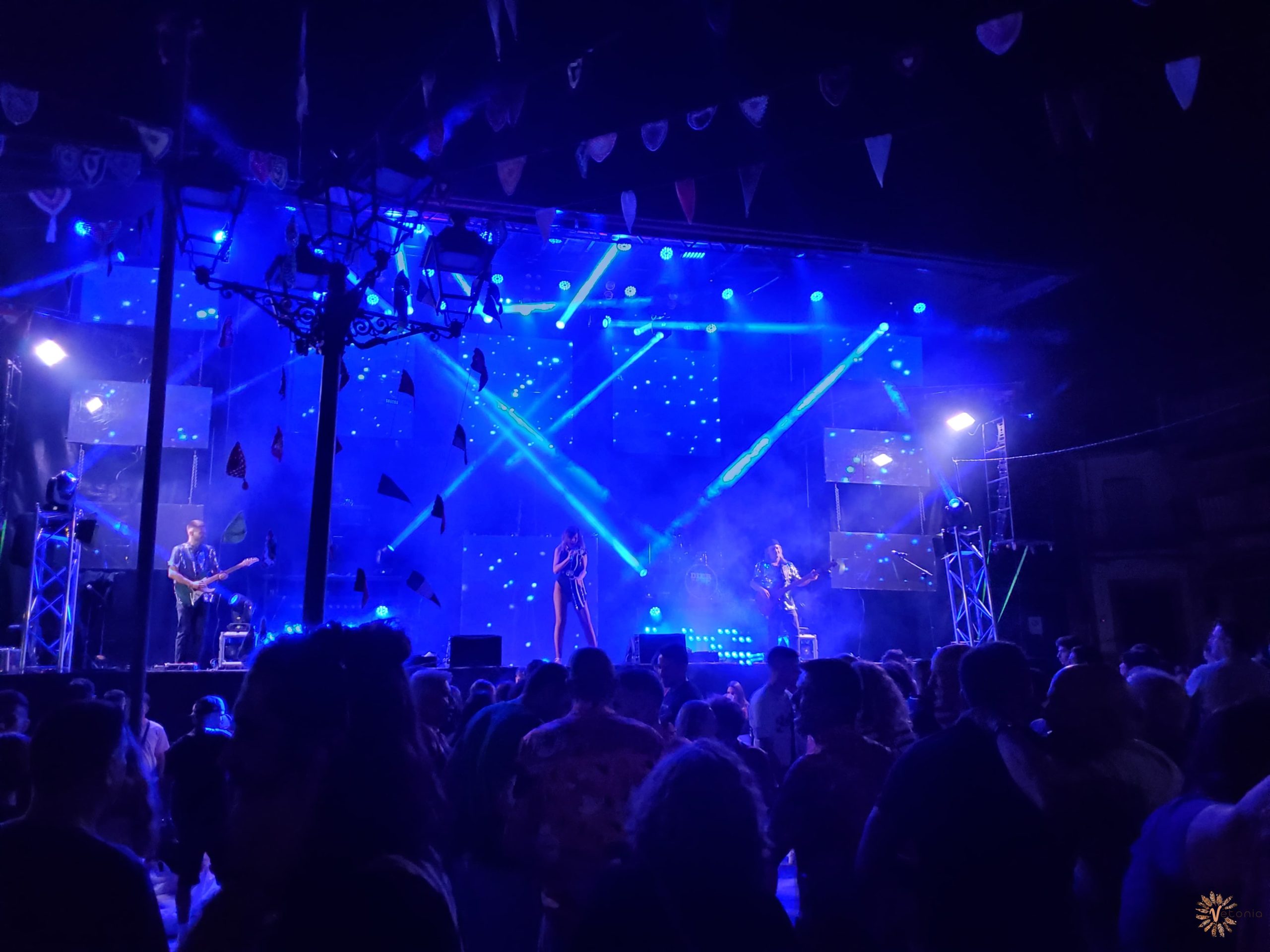
And when I say old and young, I mean from babies to senior citizens. And they were all drinking (well, not the babies), dancing, laughing, chatting. The band had male and female singers, back-up dancers, and they belted out pop and rock songs both in Spanish (mostly) and English. Laura and I danced, met up with some of her friends, danced some more, occasionally one of her kids would run up to her asking for money for a soda or asking to spend the night at a friend’s.
And finally at one in the morning, Laura and I were exhausted and left the plaza while an 80-something-year-old couple continued to dance (it was a slow dance, but still…). It took a while to fall asleep because I could still hearing the pounding beat of the music in the plaza.
SATURDAY
After a slow awakening (physical, not spiritual), we had breakfast in the kitchen with a beautiful view – something like this but closer to the mountains.
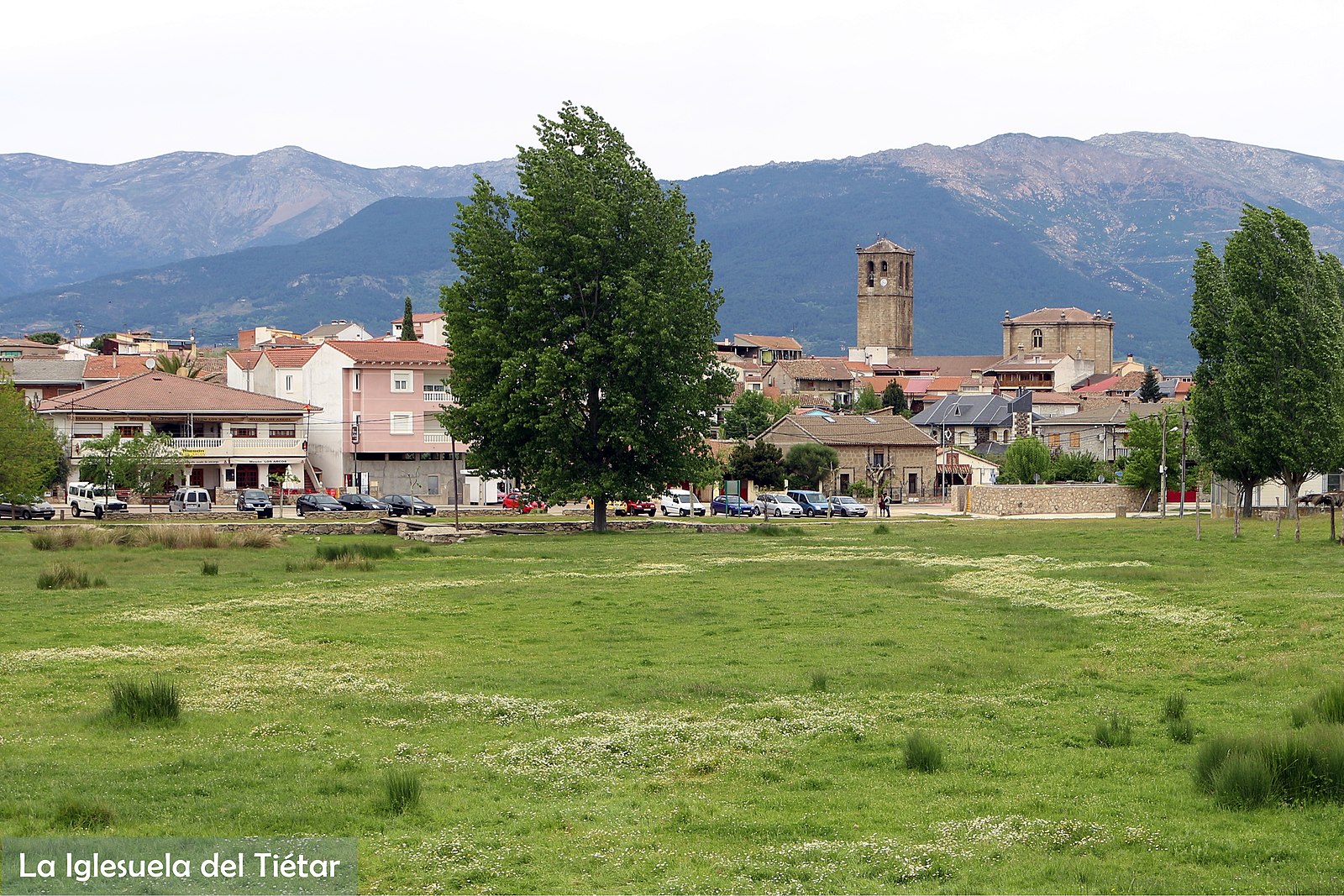
We did what I consider “lovely, small town activities” that afternoon. We went to a local well to get water and filled up several large jugs. We took a quick swim in a local river (apparently the mark of a true Spaniard is that you always have a bathing suit with you – in the car, in your purse – just in case you come across a body of water!). In this photo you see basically a small swimming “hole”. On the other side of the little bridge is the river proper.
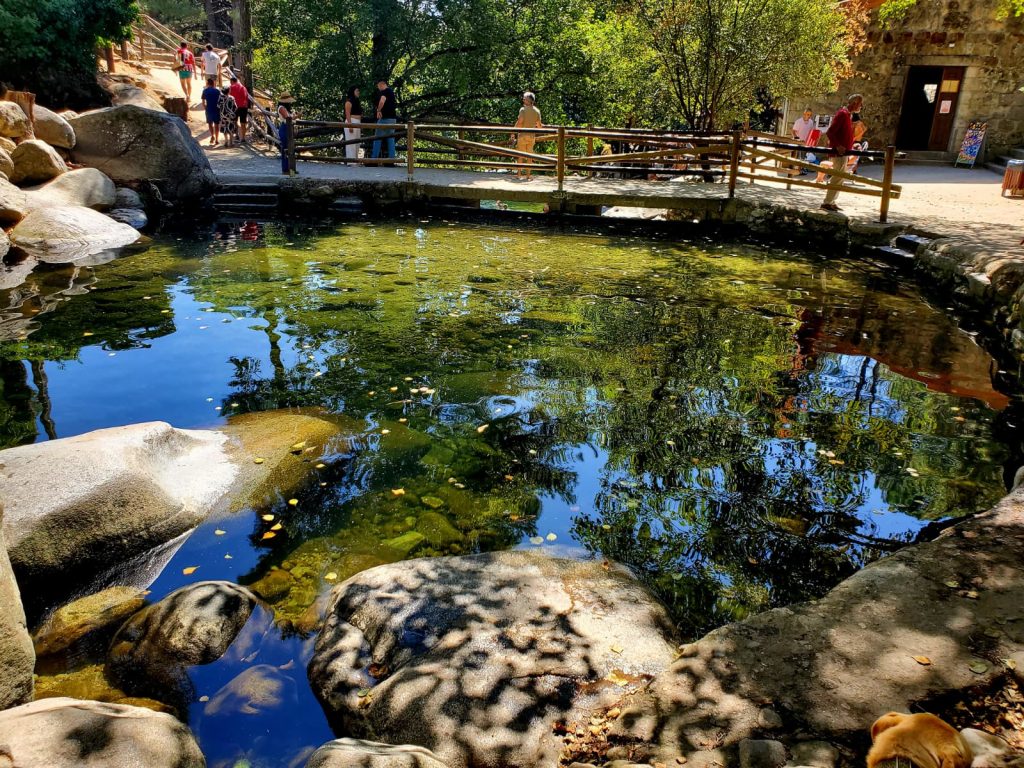
We stopped at a small bar and sat outside with a glass of wine.
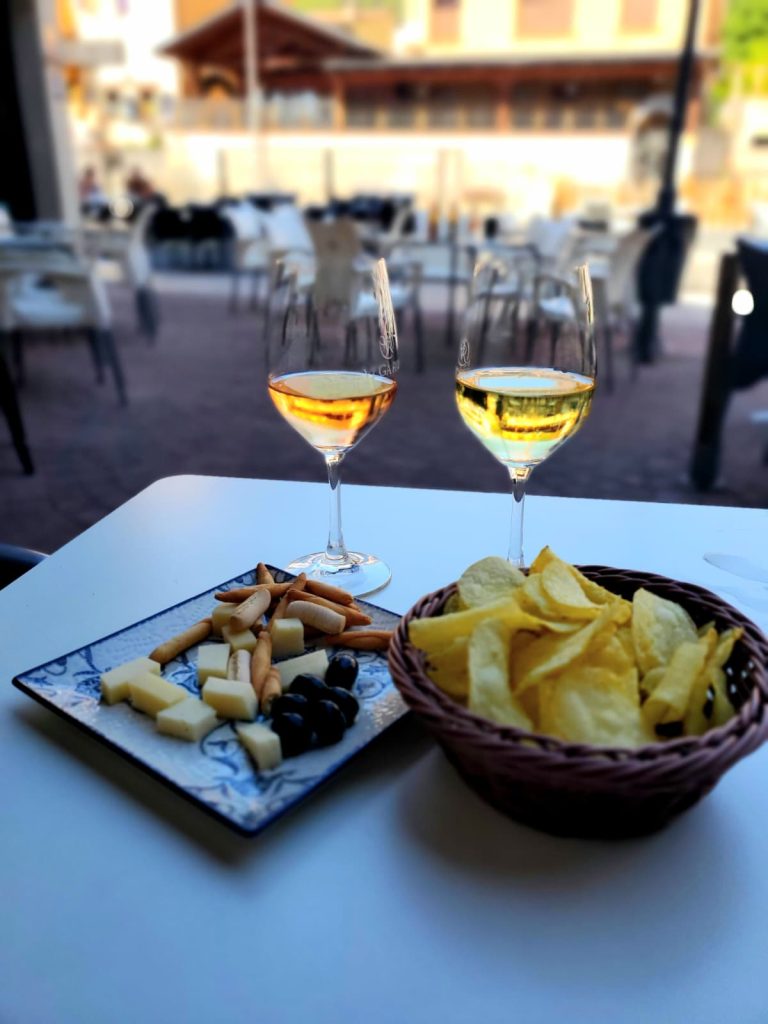
And then, because my Spaniard companion couldn’t get enough of it, we stopped at the local pool for more swimming. Many of her friends were there and we joined them on the grass to dry off and chat. Well, they chatted, I attempted to understand. In learning Spanish I’ve discovered that my weak spot is listening comprehension. One-on-one conversations are fine, but in a group suddenly I can’t pick out even one word.
After dinner at home, we ventured out to the town square for more music and dancing. As is normal in Spain, night life doesn’t really get started until 10pm, so when we arrived at 8 or 9, the band was going full-steam ahead, but the crowd was still a bit sparse. By the time we left at midnight, the plaza was packed again.
SUNDAY
Sunday morning I slept late, after two energetic nights with plenty of little excursions during the day. After a late breakfast at home, Laura and I drove out to a bodega, about twenty minutes to the west (and just ten minutes from the Portugal border) for a wine tasting and tour.
The Huellas del Tiétar winery combines tradition and innovation to produce wines with the Cebreros Protected Designation of Origin.
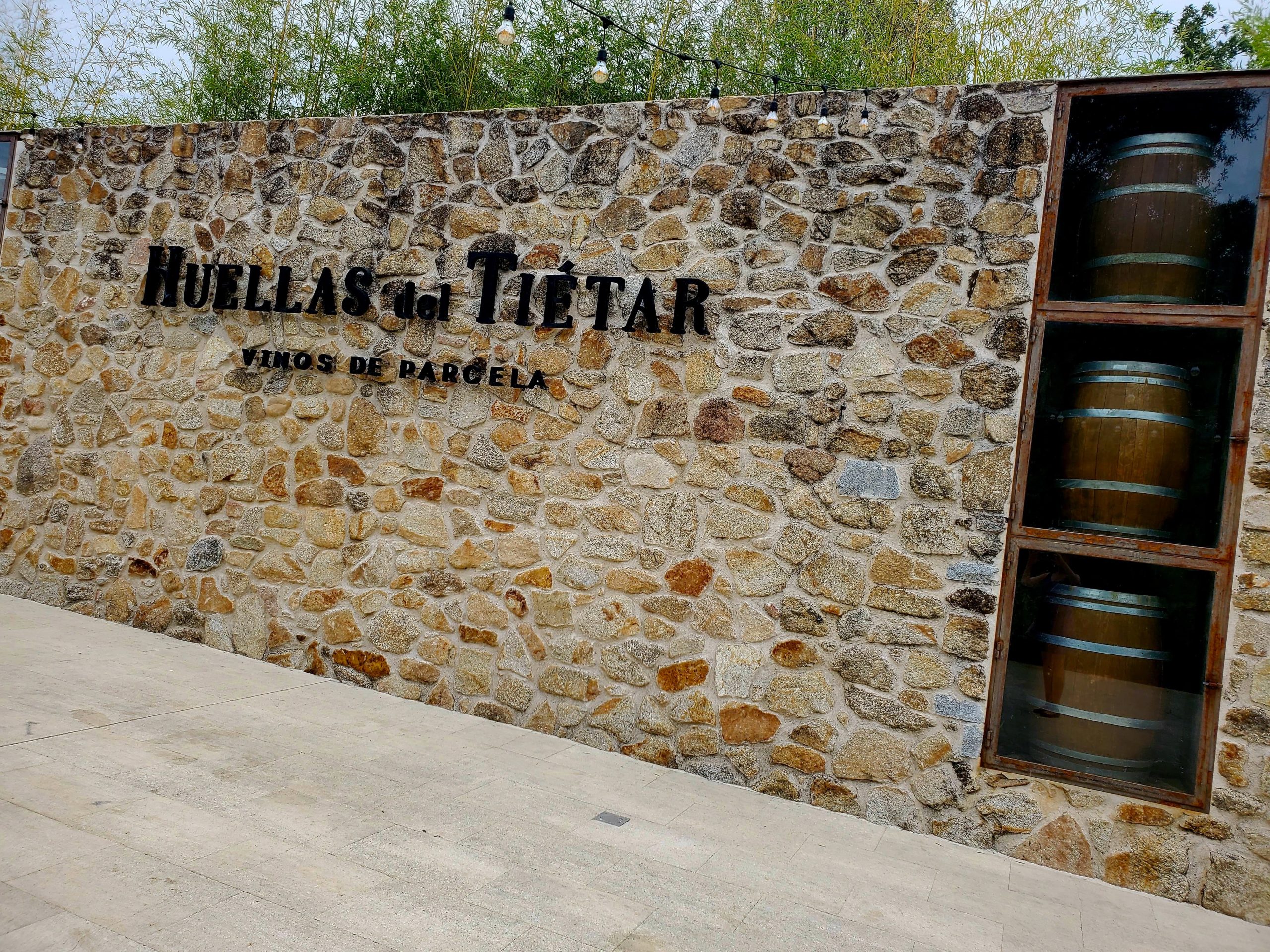
The PDO is a prestigious wine region in Ávila, Spain, known for its high-altitude vineyards in the Sierra de Gredos. Specializing in Garnacha Tinta reds and Albillo Real whites, every bottle bearing the Cebreros seal guarantees wine that captures the freshness, elegance and unique character of this mountain terroir.
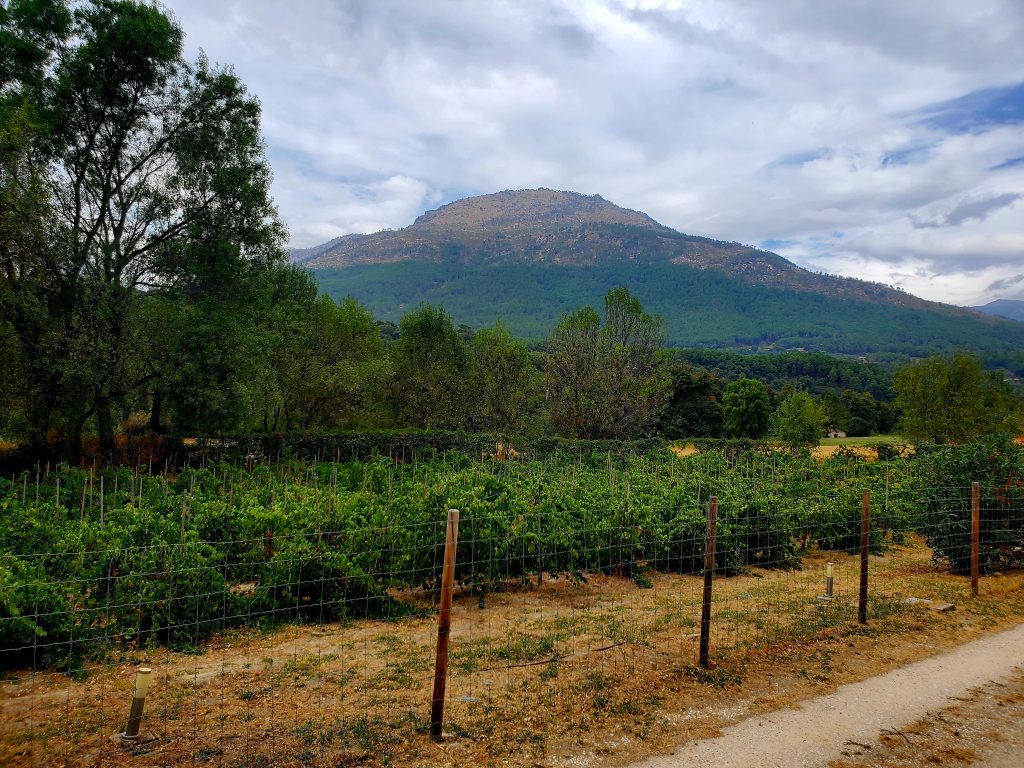
After a guided tour, we went to the vineyard’s restaurant for the wine tasting and enjoyed two delicious wines, a white and a red, while looking out at the beautiful view.
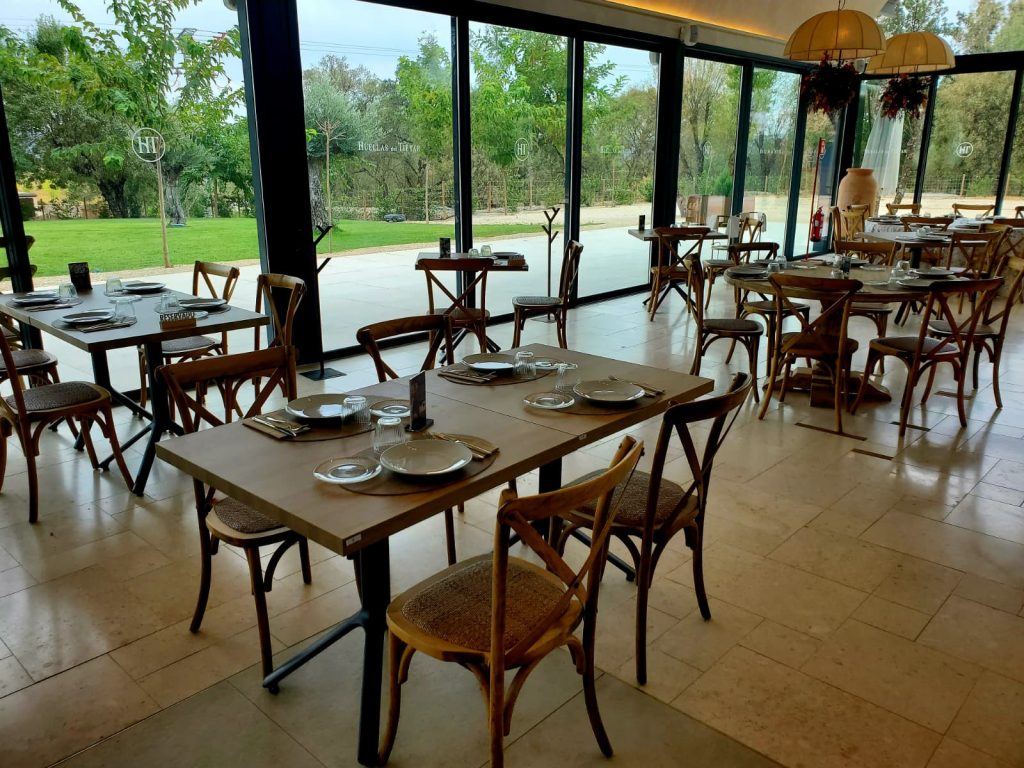
Then my delightful weekend out in the country in La Iglesuela was over, and I headed back to Madrid.
I am lucky enough to have a friend like Laura with whom I can share unique experiences like this, away from the hustle and bustle of big cities. But the great thing is that her company Vetonia offers not just online Spanish classes, but also intensive Spanish courses where you practice the language through immersive cultural experiences in the Valle del Tiétar. You can stay at a hotel or, better yet, with host families and be part of real-life settings so you can live the language and the culture fully.
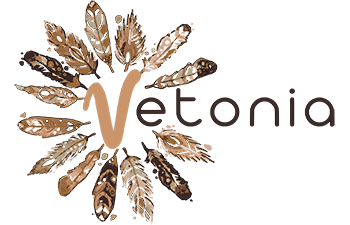
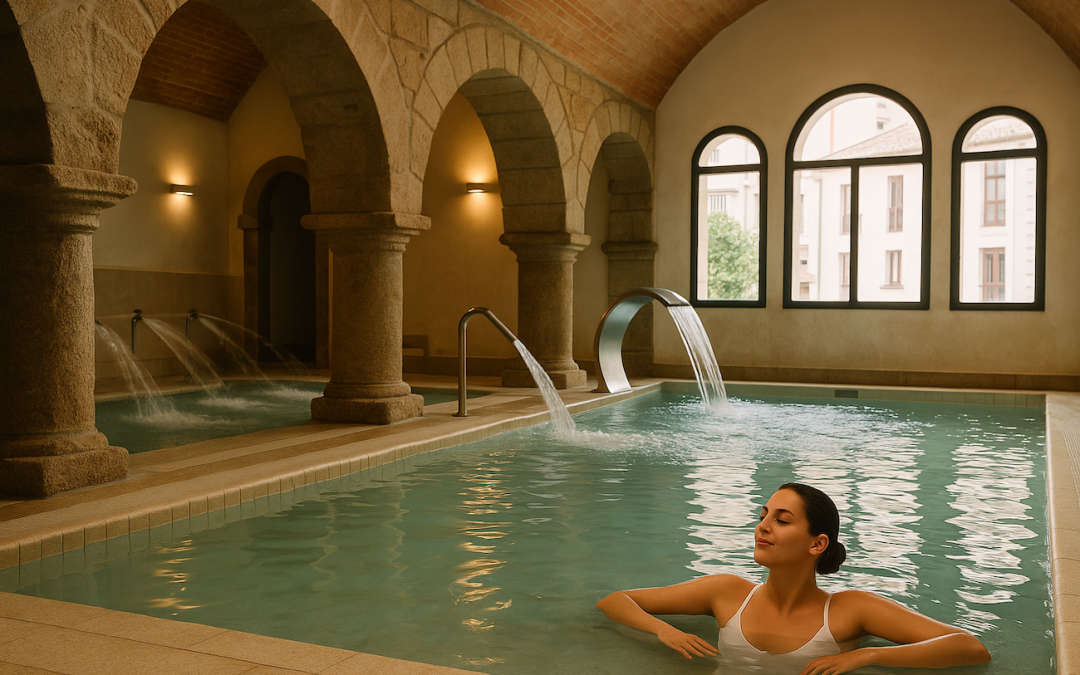
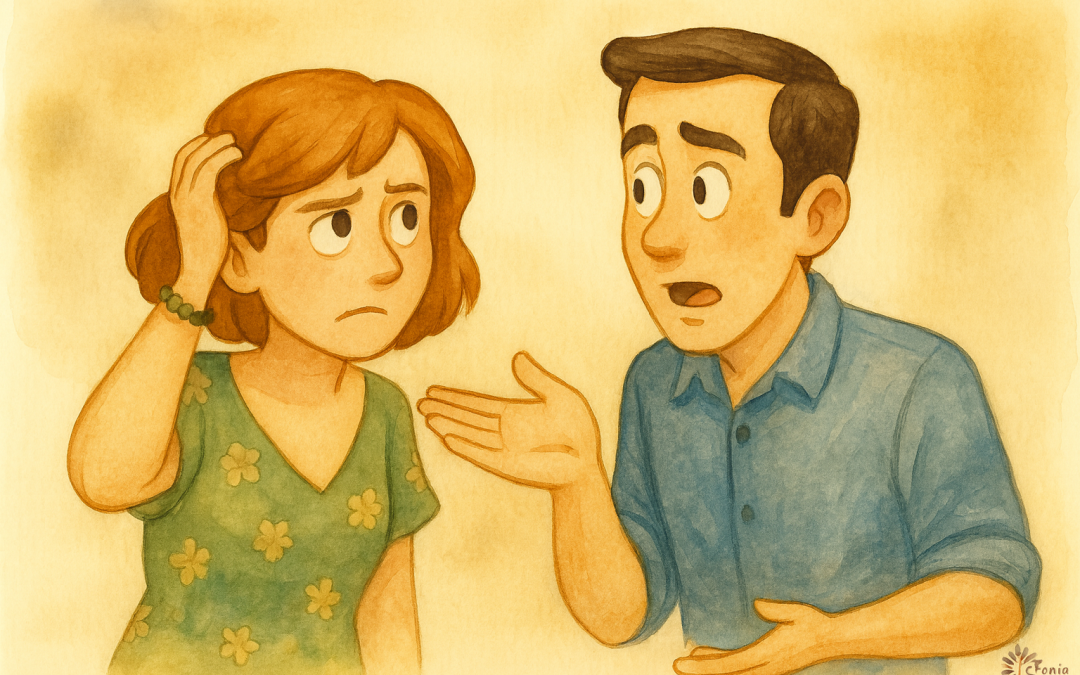
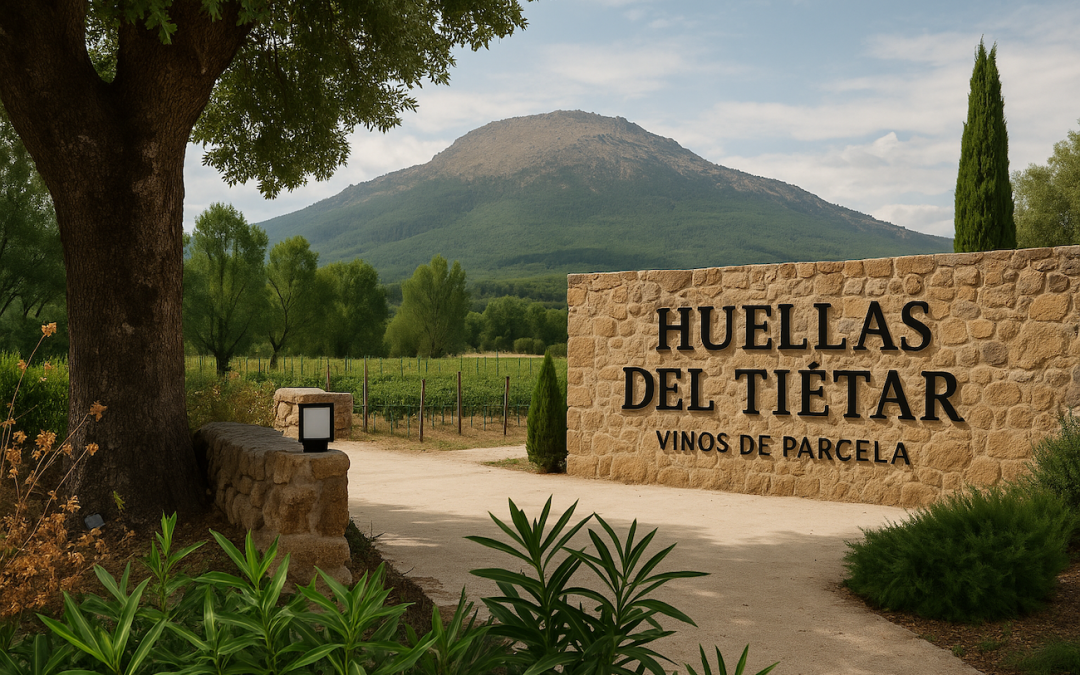
0 Comments